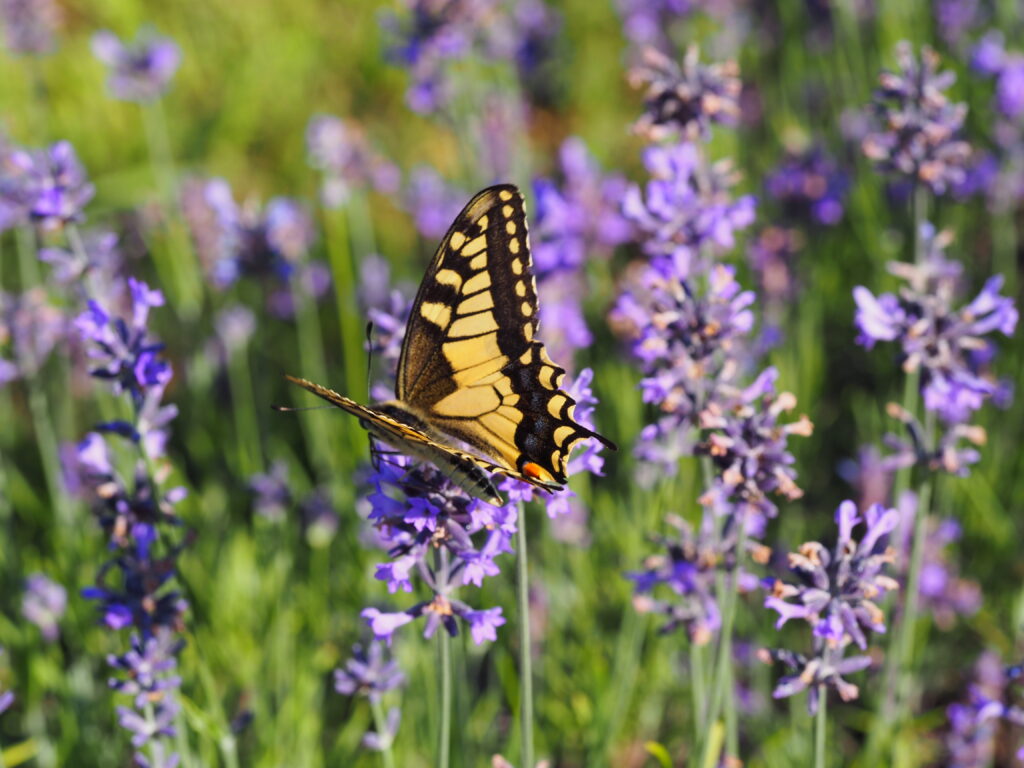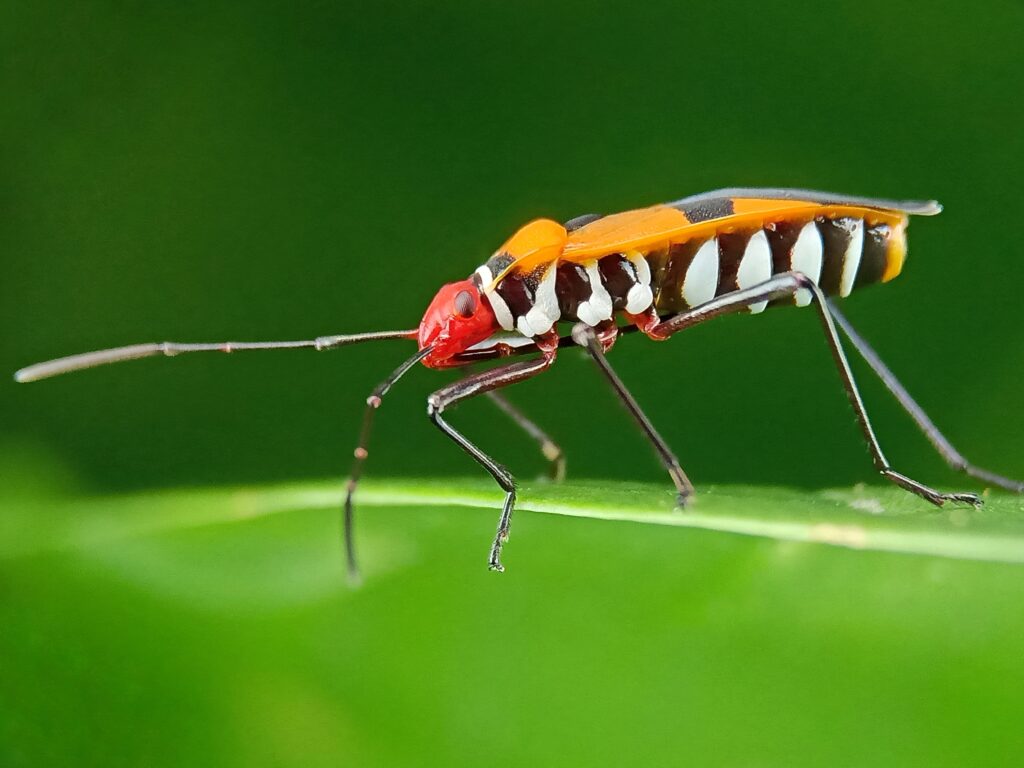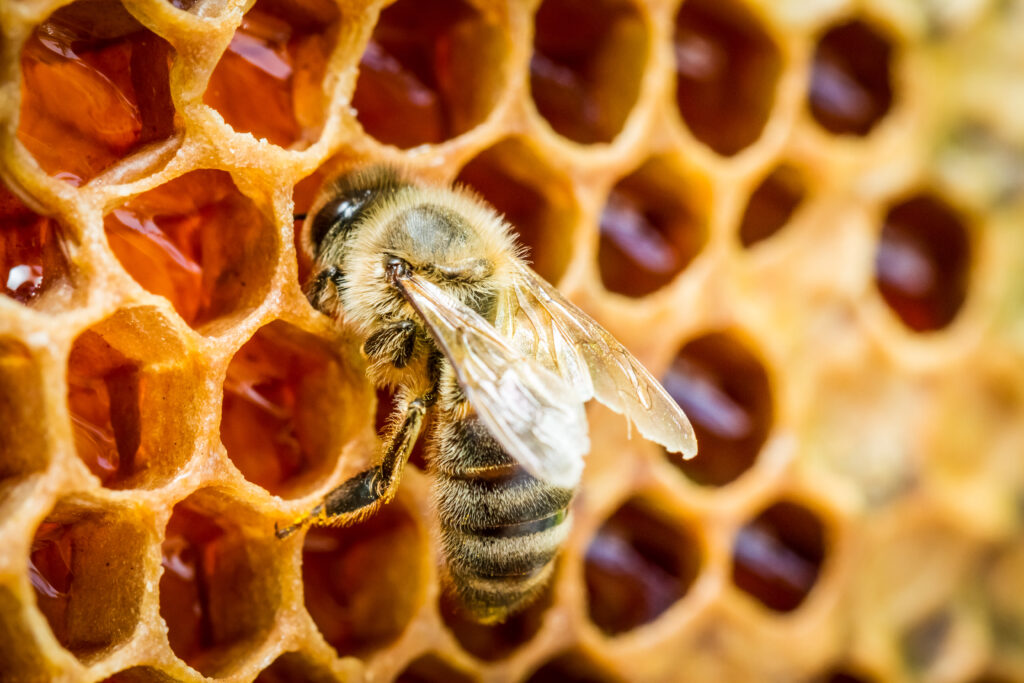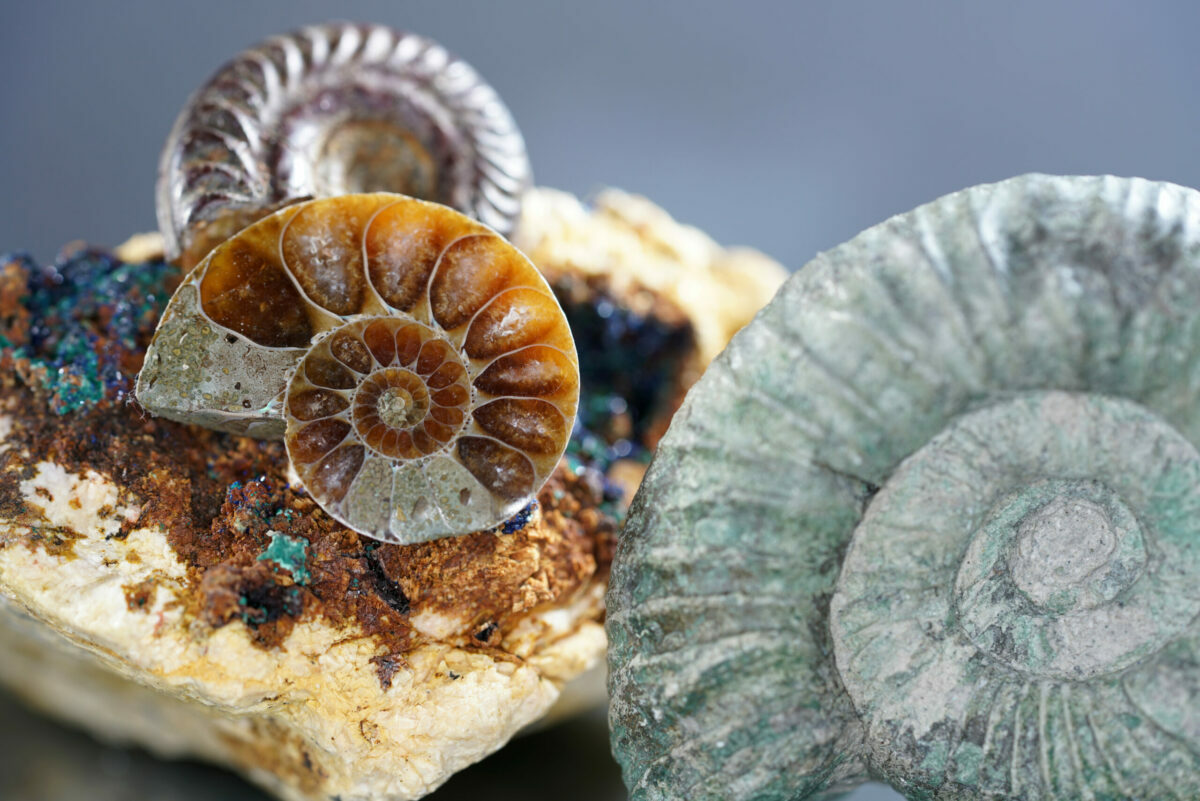Here’s everything you need to know about the stunning new Richard Gilder Center for Science at the American Museum of Natural History, NYC’s latest must-see space for anyone passionate about science and nature. By the way, the architectural innovation alone is worth the trip.
the new Richard Gilder Center is stunning
In case you missed the memo, the long-awaited Richard Gilder Center for Science has finally opened at New York’s American Museum of Natural History in New York. The doors opened early in May, and the center’s new exhibits – and new building – have been receiving rave reviews ever since.
The Richard Gilder Center is sure to be a hit with museumgoers of all ages, but we think that some of these new exhibits are destined to be popular with a younger crowd. In other words, the next time you’re looking for a family-friendly activity on a rainy summer afternoon, head to Manhattan’s Upper West Side.
Here’s a breakdown of what you’ll find at the museum’s new Gilder Center.
6 Highlights and best ways to experience the new Richard Gilder Center in NYC
1. Davis Family Butterfly Vivarium
For most audiences, the Davis Family Butterfly Vivarium is going to be the highlight of the day. Open year-round, the vivarium allows visitors to “meet” 1,000 butterflies from more than eighty different species. We already appreciate butterflies for their beauty and their bright colors, but the vivarium will teach museumgoers to also appreciate the brilliant variety among them.
The exhibit also showcases moths – including the impressive atlas moth, who can stretch to a wingspan of up to ten inches across – and offers opportunities to interact with the butterflies and their environment in other exciting ways. Spend some time looking at the “microenvironments,” which are made up of tropical plants, and which help to demonstrate the important role that butterflies play in our planet’s health. There’s also a pupae incubator, where visitors can view chrysalises and even watch adult butterflies emerge into the world.

The Richard Gilder Center is now open in NYC, and it’s a must-see.
And thanks to the latest technological developments, there’s a digital microscope on hand, and plenty of easily accessible information about each butterfly in flight.
It’s a showstopper of an exhibit. There’s something for every age group, and it’s as visually mesmerizing as it is educational. Either hit the vivarium first to inspire enthusiasm for the rest of the day, or save it for the grand finale.
Not included with museum admission – purchase ticket separately.
2. Susan and Peter J Solomon Family Insectarium
Though it may lack the aesthetic allure of the butterfly vivarium, the Susan and Peter J. Solomon Family Insectarium is no less fascinating or important. Another new addition to the Gilder Center, this insect-forward exhibit may be able to do the impossible: change the way you feel about insects, forever.
Did you know that insects are the most diverse animal species on the planet? And did you also know that they are indispensable to the survival of our ecosystem? Well, the Insectarium is here to wow you with the truth of both these facts.

Highlights of a visit to the Richard Gilder Center at the Museum of Natural History in NYC.
The exhibit includes eighteen lives species of insects, as well as preserved specimens and plenty of illuminating tech. Visitors have the chance to observe many of the insects in recreations of their natural habitats, and learn more about what makes each species unique.
And if that’s not enough, the Insectarium also trains a large spotlight on one of the most important insects of them all. Bees. As we all know, bees are of the utmost importance to the survival of our planet, and they are in danger of extinction. The insectarium helps to elucidate bees’ importance for visitors of all ages, and even includes a life-size model of a hive. For the first time, it’s easier than ever to visualize the way a colony of bees will work together.
No matter what you may think of bugs, don’t skip the Insectarium. There’s lots to see, lots to learn, and you may feel differently the next time you see a cockroach skittering across your room.
3. Invisible Worlds Immersive Experience
As you know, we love immersive theater and immersive museum exhibits, and this new experience at the museum’s Gilder Center does not disappoint. The exhibit uses immersive technology to help visitors understand scientific data on a more cellular level – and to demonstrate the way in which all living things are connected. Museumgoers will “travel” the world, and even become a part of the story on the big screen.
The entire experience is only twelve minutes long, and it’s certainly worth making part of your trip to the museum. This is the kind of experience that could perhaps provoke an “aha” moment in a younger visitor, especially one who is just developing an interest in science. You could start the day here, and then continue on to the Gilder Center’s other fantastic offerings.
Not included with museum admission – purchase ticket separately.

4. David S. and Ruth L. Gottesman Research Library and Learning Center
You know what all museums should have? A place where people of all ages can sit on a comfortable couch – with a great view of New York – and browse through the museum’s extensive book collection. In other words, all museums should have a library.
The new David S. and Ruth L. Gottesman Research Library and Learning Center is a place where museumgoers can catch a moment’s respite from so much standing and walking, and it’s also a place where they can dig deeper into the material. There are computers, places to sit, and of course, many, many books.
And don’t miss the Alcove Gallery, which offers a peek into the library’s rare book collection, and also showcases exhibits of its own. The inaugural exhibition, What’s in a Name, takes a look at the practice of scientific naming.
5. The Building
And while you’re soaking up all this new knowledge, save a little bit of room to admire the building itself. Michael Kimmelman at the New York Times wrote about the magic of the design, which resembles a stunning “canyon.” Museum-going at the American Museum of Natural History has never been more seamless or more pleasant, thanks to the way the Jeanne Gang’s design streamlines traffic and adds something truly special to the experience.
6. The Gift Shop
Last but never least, make sure to stop by the gift shop! There is new merchandise to reflect all the new exhibits, and we are big fans. You don’t want to miss your chance to grab a “be kind to the bees” t-shirt.
A must-visit experience at the Richard Gilder Center in NYC
That’s what to know and what to do at the stunning and innovative new Richard Gilder Center for Science at the American Museum of Natural History in NYC. Happy exploring, dear reader.









